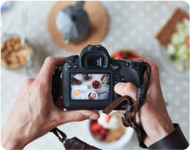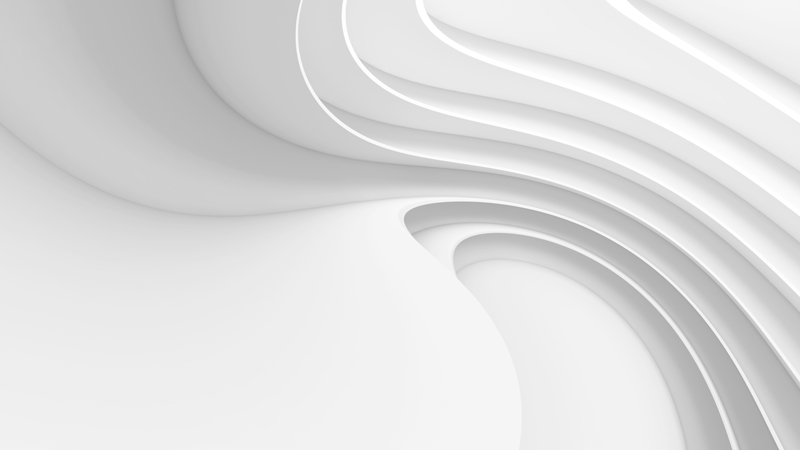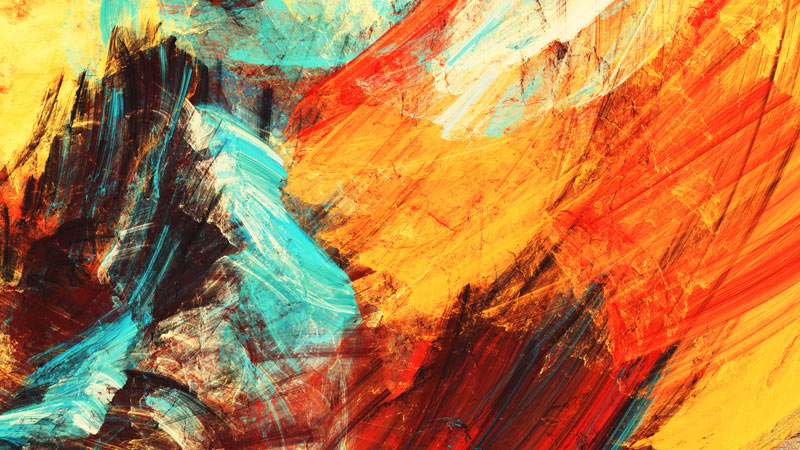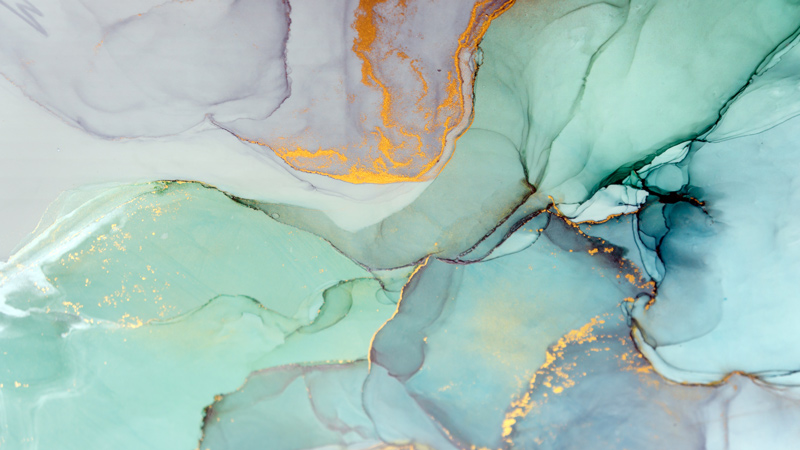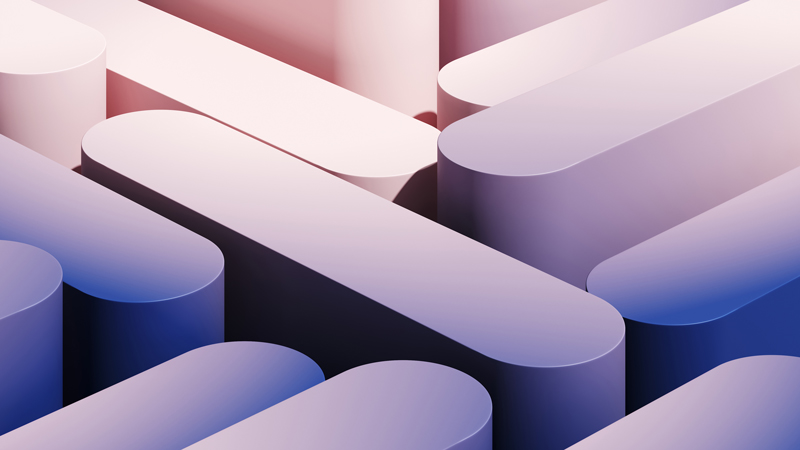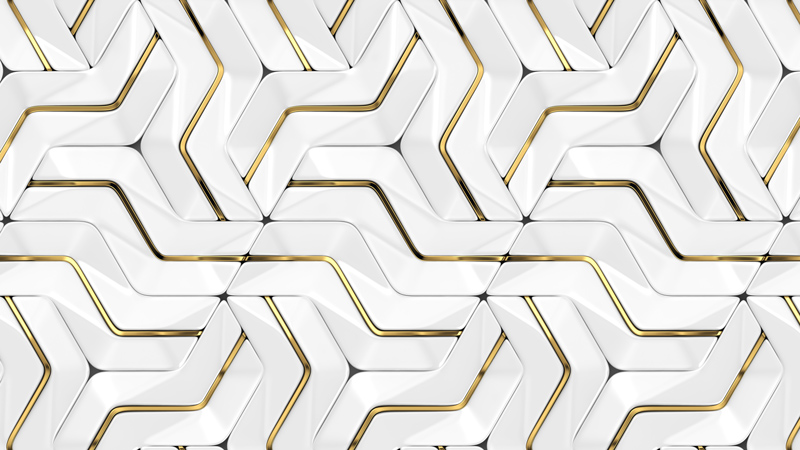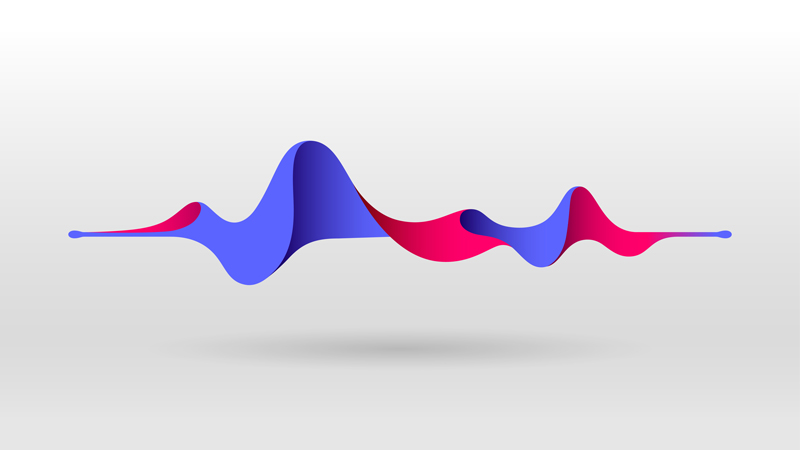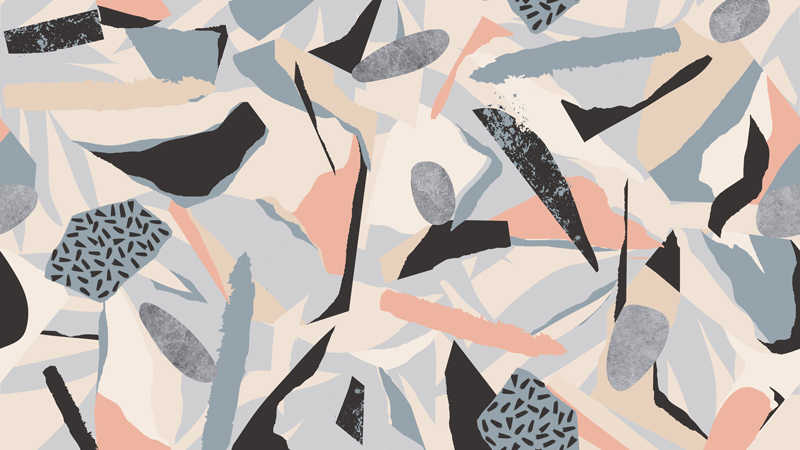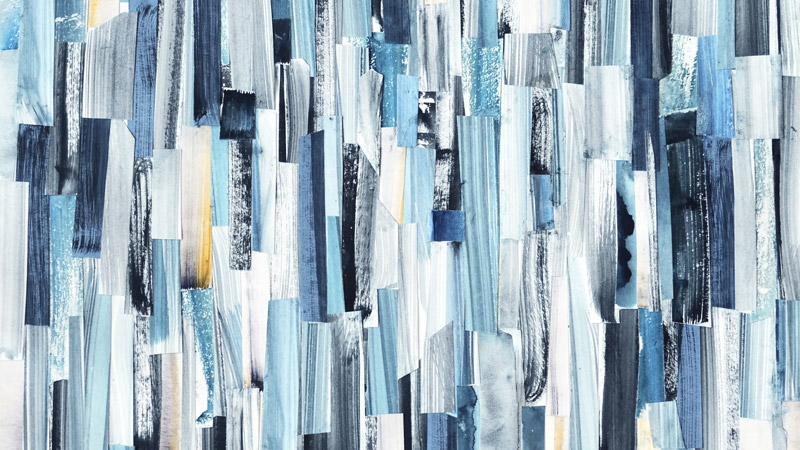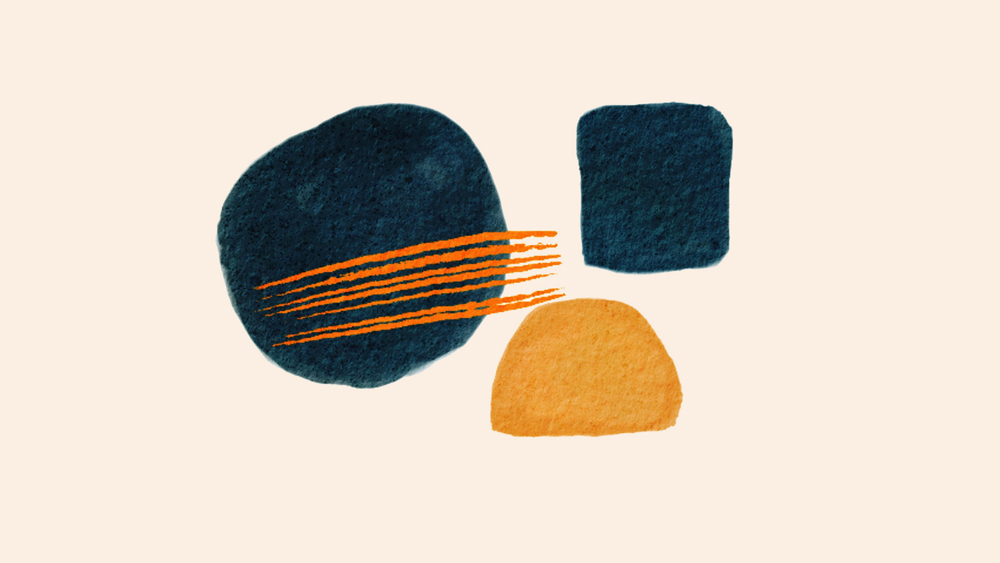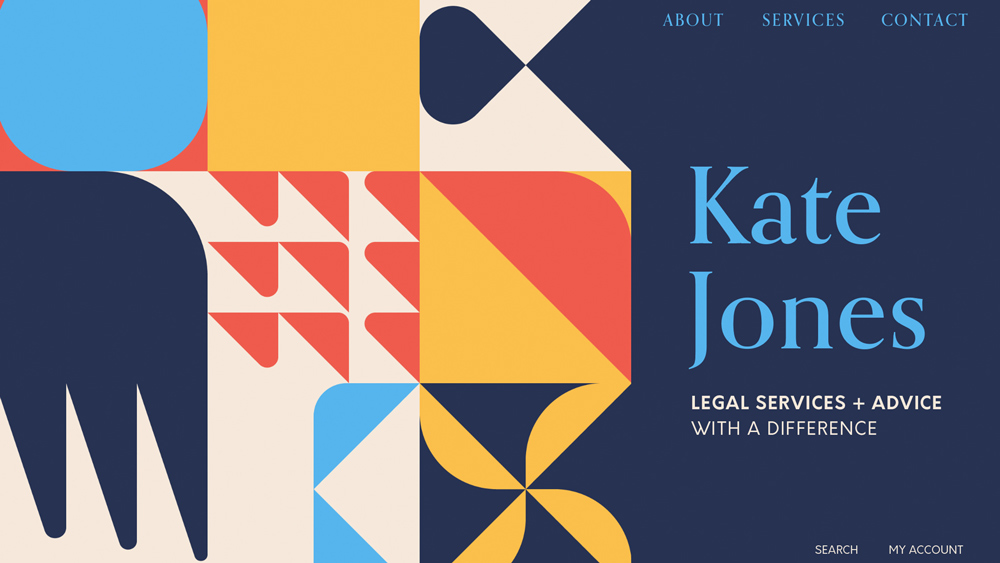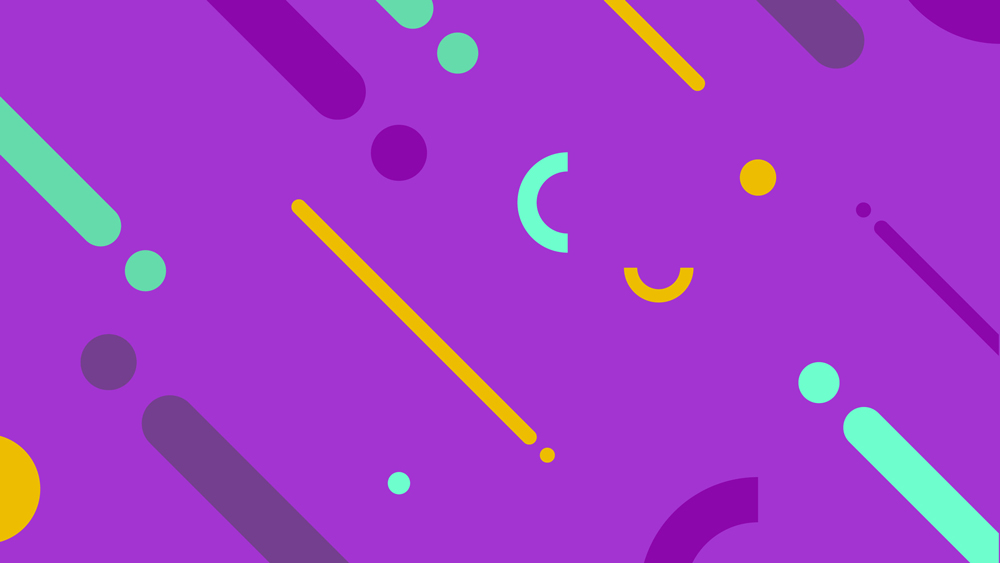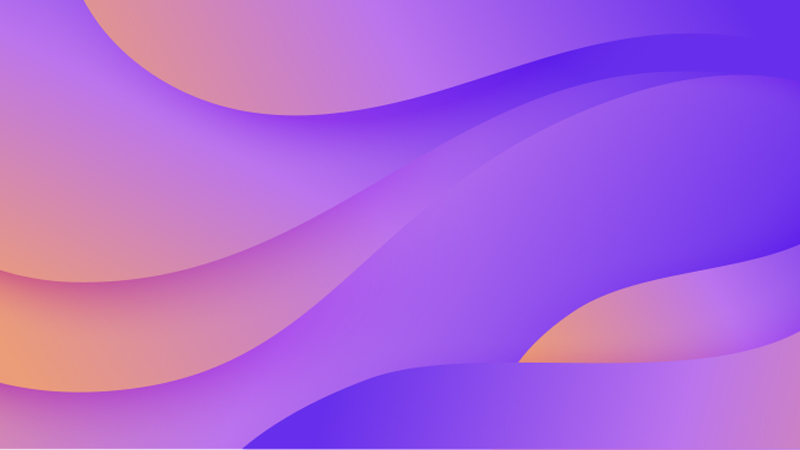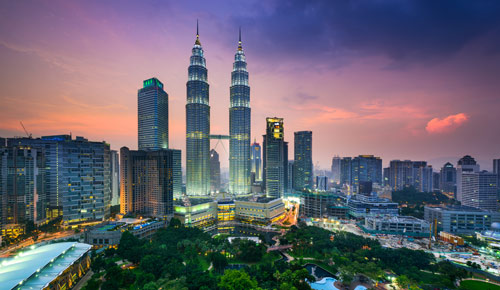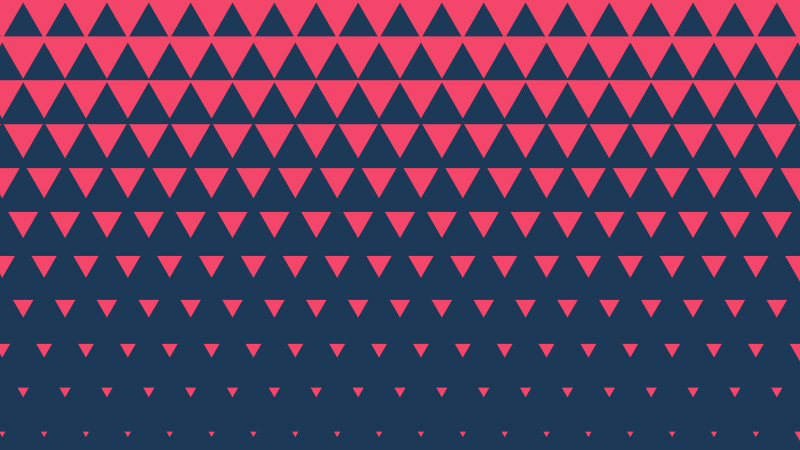홈

Abstract backgrounds stock photos and royalty free images
Abstract backgrounds are a favorite among digital designers. The textures, patterns, and shapes we see in abstract backgrounds captivate the eye without drawing us into the meaning of the image. With digital designers contributing from all over the world, the Shutterstock library is the perfect place to find authentic, professional abstract backgrounds for every project.
About abstract backgrounds stock photos and royalty free images
Questions about abstract backgrounds
Abstract images are literally detached from reality. Abstract images don't represent particular functions, objects, or ideas. Instead, the artists who create abstract background images might use abstract painting or abstract watercolors to create an image that captivates us simply by its use of color and the arrangement of its design elements. Abstract images are pure design — the experience of viewing an abstract image is about your aesthetic reaction. How do you feel about the colors? Do the patterns create a sense of depth? Do the shapes move your eye around the image in a pleasing fashion? These are all elements of abstract images and how we use them in design projects.
The most popular abstract backgrounds in the Shutterstock library include patterns, textures, geometric images, and 3D images. When designers use abstract backgrounds, the idea is to create something visually stimulating that doesn't conflict with any messaging or branding when it comes to meaning. Patterns, textures, geometric images, and 3D images are all design elements that we're accustomed to. Abstract designers can experiment with this familiarity and create images that we find interesting simply because we like how they look. These images work well as backgrounds because after the initial interest, we're inclined to move on from the abstract experience. As a background, abstract images are very good at escorting our attention onto the messaging and branding of a website, platform, profile, or print project.
It's easy to find high-quality abstract background images. Start your search here, by scrolling down to explore our curated collection of abstract background images from our global network of contributors. If you're looking for something more specific, type your search terms into the white box labeled "Search for images" at the top of this page. When you get your results, you can filter them with the options on the left side of the screen. Specify the orientation, the image type, the color scheme and more. If you already have an image, and you want to find something similar, then click "Search by image" on the homepage. Upload your file, and the A.I. powering the Shutterstock search engine will return similar compositions to your upload.
Abstract backgrounds come in all varieties. So there are no rules on what can and what cannot comprise an abstract background. Generally speaking, they are arrangements of shapes, lines, and patterns that rely on color schemes and contrasts to attract attention. Because they aren't representing anything concrete, abstract backgrounds instead are a purely aesthetic experience. Your abstract background may simply be a colorful shape or an interesting pattern or a photograph of something you can't quite define. All of these would make eye-catching backgrounds to complement any design project.
The beauty of abstract images is that they're a purely aesthetic experience. The most engaging abstract background images use shapes, colors, and lines that we're familiar with, but arranged in compelling or strange ways that capture our curiosity. Bold colors, strong lines, sharp contrast, and a feeling of depth or texture are all hallmarks of engaging abstract background images. If you're pairing your background with something like a website, you want it to draw attention without overpowering your primary content, so look for interesting compositions with enough negative space to accommodate things like links, body copy, and banner images.
Popular searches for abstract backgrounds
Tips and tricks to make the most of your abstract backgrounds
Using abstract backgrounds on websites Abstract background images make perfect abstract wallpaper for websites. These images can appeal to a much broader audience than a specific background. It's difficult to find images that appeal to everyone the same way. If the goal behind your website is traffic, you want to be as generally appealing as possible. Abstract background images often take advantage of "movement" — the idea that the artist has captured a moment in time when all of these objects were moving, and our eyes now follow that movement. Because you want to leave room for things like navigation links, body copy, or even other images, look for an abstract background image that moves in a fashion that complements your website. Does it leave room in the negative space for important pieces of content? Can you position your other content elements over the background image and preserve the sense of movement? Does the color scheme complement your choice of text and link color? These are all considerations to keep in mind when choosing the abstract background image that's right for your web project. Abstract backgrounds for graphic designs Abstract background images are great for graphic design. Many designers like to wrap shapes and lines in abstract textures, almost as if creating a 2D sculpture out of an abstract image. This is a compelling way to create design elements that look like they mean something. Abstract background images can also set up foreground elements. If the background is abstract and full of color, light, and movement, then a straightforward foreground element, like a shape, a logo, or a product, will pop visually based on its simplicity. Pairing abstract with non-abstract elements can result in unique composites that can help a brand stand out in a world of straightforward photography and design. Abstract backgrounds for print There are a few extra considerations to keep in mind when choosing an abstract background for a print project. First is the size. Images you're going to print need to be larger and full of more detail than images you use on the web. That means they need a resolution of 300 dpi, so be sure you download the right size when you find an image you want. Secondly, digital designers can control the viewing experience of their images because they're almost guaranteed to appear backlit on a phone, a laptop, or another device with a screen. So choose simple, clean images with bold lines, plenty of contrast, and bright colors. This way, you stand your best chance of scoring a positive viewing experience when your image makes its way out into the wild.
